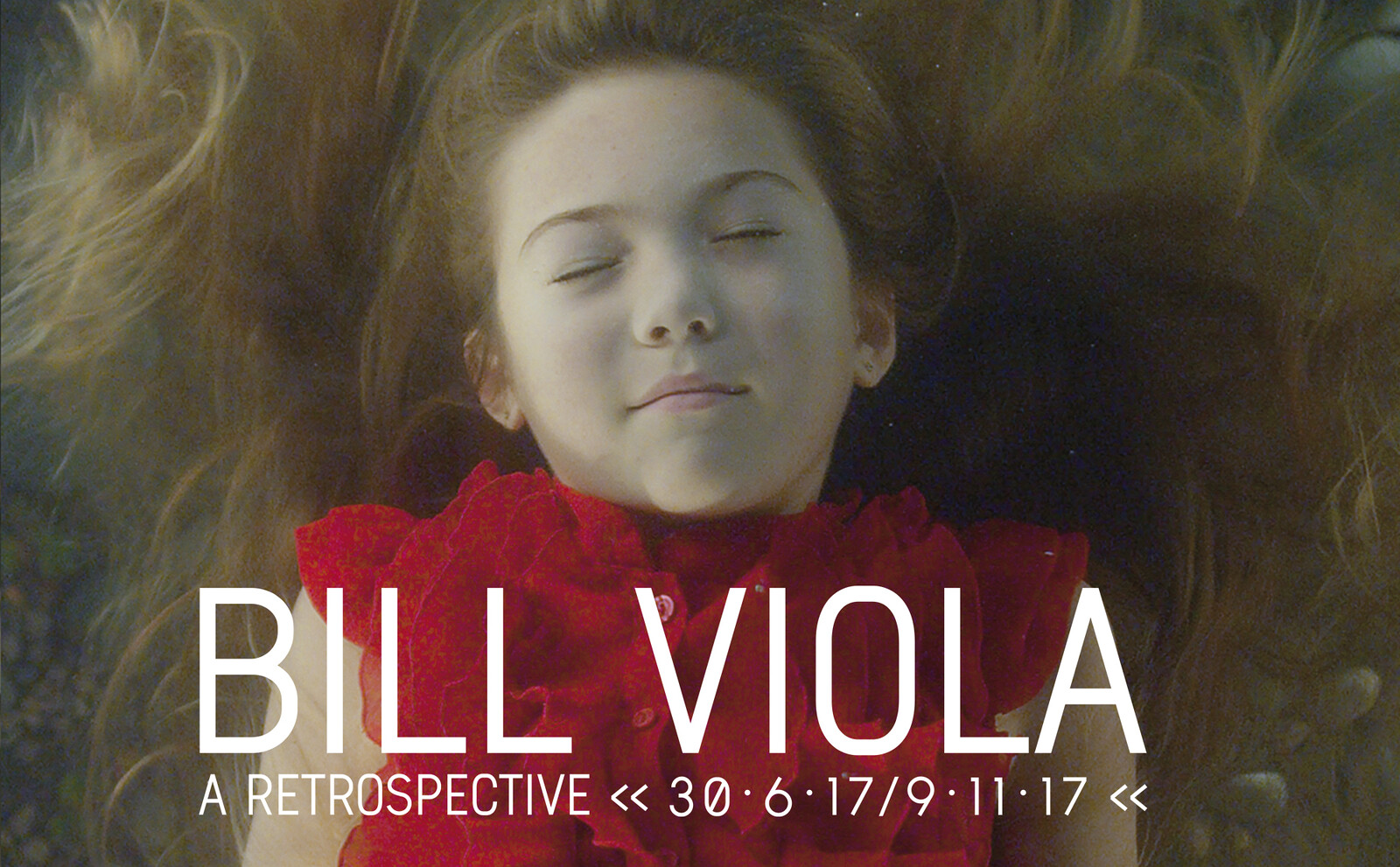June 30–November 9, 2017
The Guggenheim Museum Bilbao presents Bill Viola: A Retrospective, a thematic and chronological survey of the career of Viola, one of the leading artists of our time and a pioneer in the development of video art. Organized by the Guggenheim Museum Bilbao and sponsored by Iberdrola, this ambitious exhibition offers a comprehensive overview of Viola’s oeuvre and the evolution of media art as an art form.
With his interest in Eastern and Western mysticism, philosophies and poetry, Viola used the technical potential of video as a tool for a lifelong inquiry into the human condition, including birth and death, and the processes of change, rebirth, and transformation, all of which are prominent themes in his work.
The exhibition Bill Viola: A Retrospective reaches back to his early days in video art and includes Viola’s single-channel videotapes Four Songs (1976) and The Reflecting Pool (1977–79). Their profoundly poetic content addresses such important questions as the notion of time and its deconstruction, the meaning of our existence, and our place in the world.
In his works from the 1980s, after Kira Perov (his wife and long time collaborator) began to work with Viola, his focus was on gathering footage for use in broadcast pieces. He used the camera and special lenses to capture the landscape and record images normally beyond our perception. This period also served as a transition toward his whole room installations of the 1990s that immerse the viewer in images and sound. He also began adding physical elements to his works. Viola’s continuing interest in spiritual themes can be seen in sculptural objects like Heaven and Earth (1992) and in large installations like Slowly Turning Narrative (1992).
With the arrival of the new millennium and the advent of high-definition flat screens, Viola began producing small and medium-sized pieces in a series he titled the Passions, a study of the emotions in slow-motion, such as Surrender, or that depict the passage of time and generations, as in Catherine’s Room, and Four Hands (all 2001). These intimate works were followed by the monumental installations Going Forth By Day (2002), in which five large wall projections sharing the same space invite viewers to reflect on their own lives and our human existence.
Over the last decade, through a variety of media and formats, Viola has continued in his work to depict the fundamental experience of life. This is eloquently illustrated by his use of water in works such as The Innocents (2007), Three Women (2008), and The Dreamers (2013)—and his journey through the cycle of life that begins in this exhibition with Heaven and Earth (1992) and ends with a rebirth in Inverted Birth (2014).

